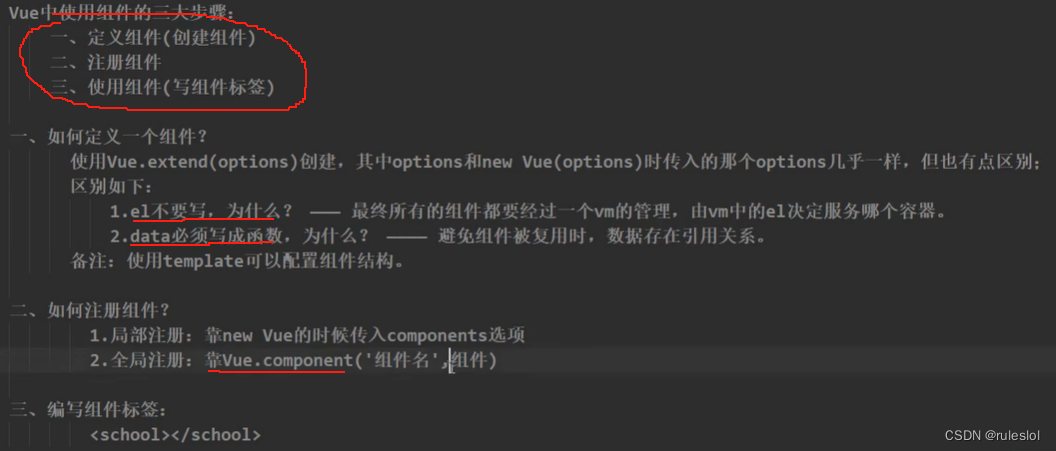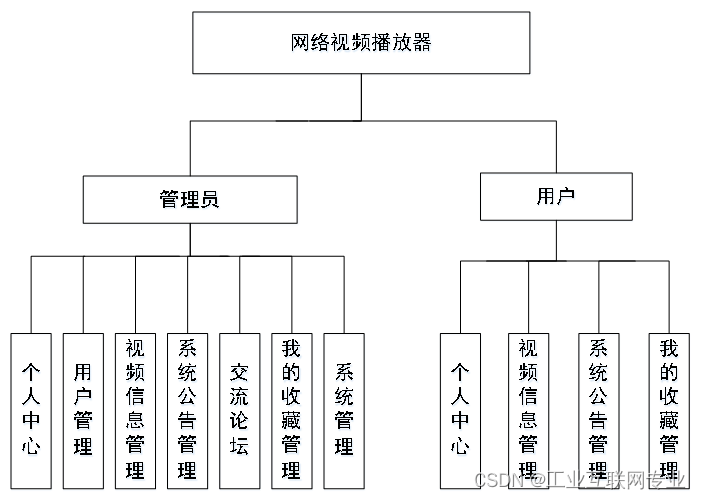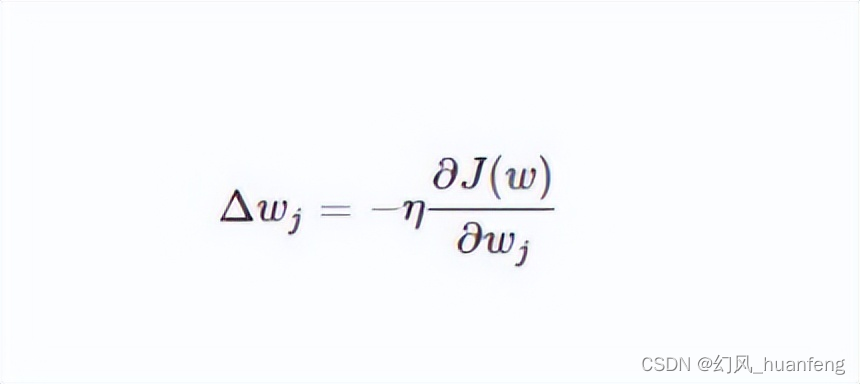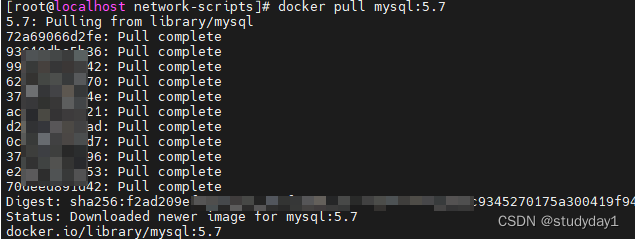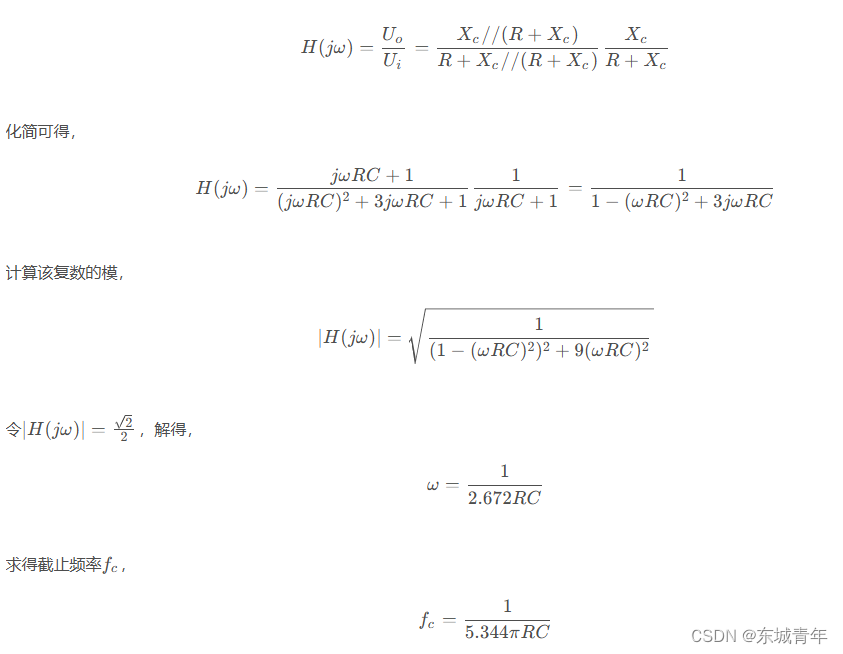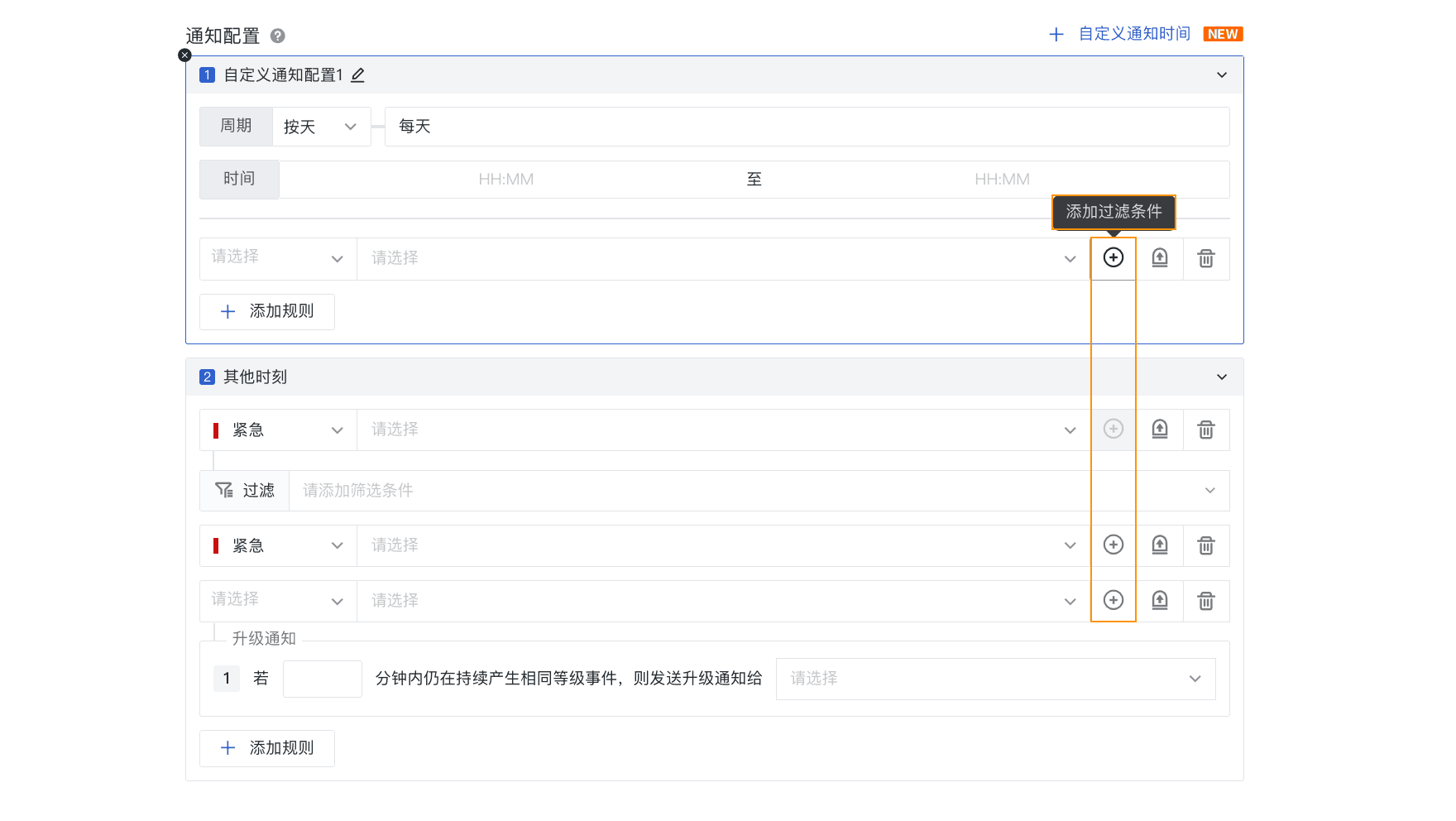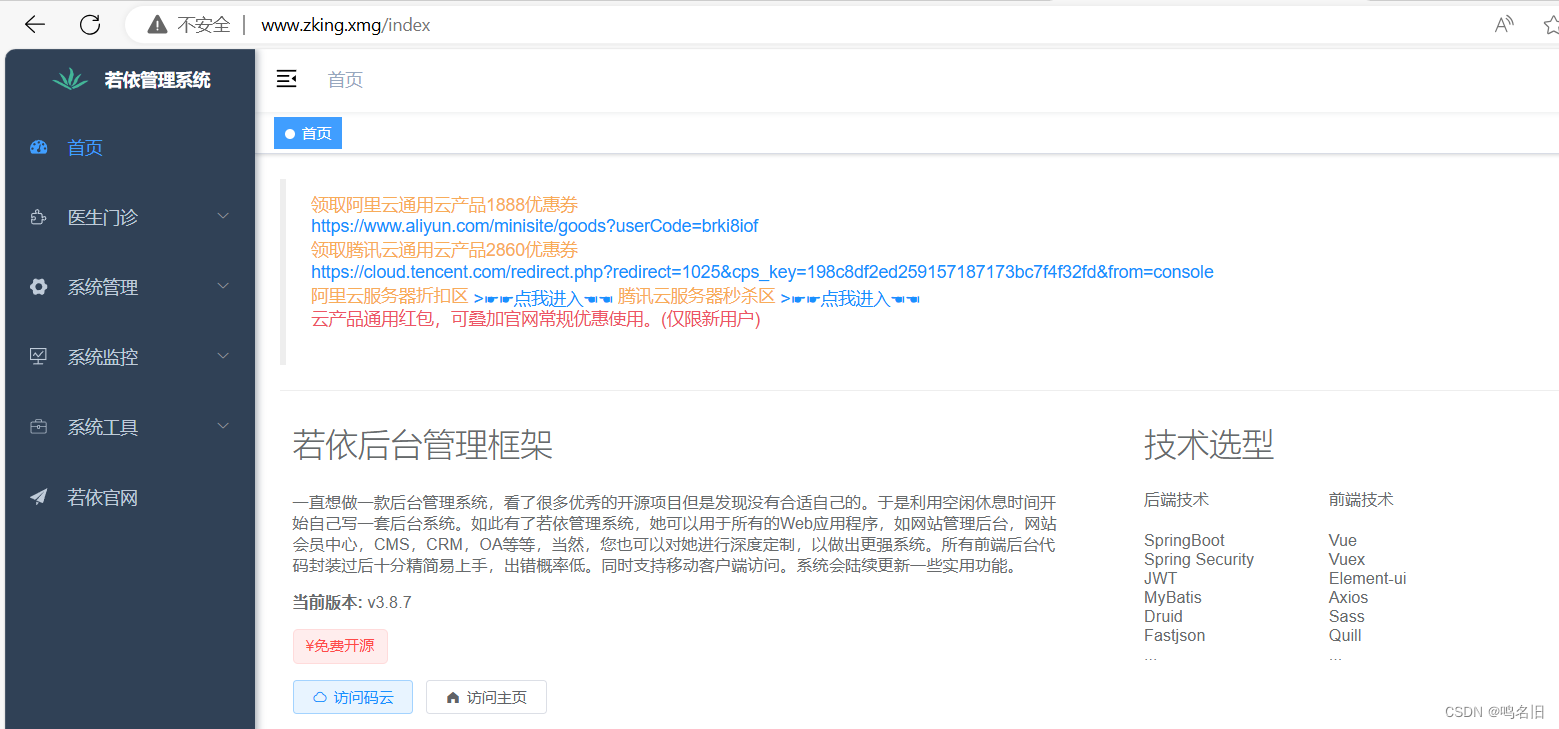
文章目录
文章目录
- 00 写在前面
- 01 基于Pytorch版本的E3D LSTM代码
- 02 论文下载
00 写在前面
测试代码,比较重要,它可以大概判断tensor维度在网络传播过程中,各个维度的变化情况,方便改成适合自己的数据集。
需要github上的数据集以及可运行的代码,可以私聊!
01 基于Pytorch版本的E3D LSTM代码
# 库函数调用
from functools import reduce
from src.utils import nice_print, mem_report, cpu_stats
import copy
import operator
import torch
import torch.nn as nn
import torch.nn.functional as F
# E3DLSTM模型代码
class E3DLSTM(nn.Module):
def __init__(self, input_shape, hidden_size, num_layers, kernel_size, tau):
super().__init__()
self._tau = tau
self._cells = []
input_shape = list(input_shape)
for i in range(num_layers):
cell = E3DLSTMCell(input_shape, hidden_size, kernel_size)
# NOTE hidden state becomes input to the next cell
input_shape[0] = hidden_size
self._cells.append(cell)
# Hook to register submodule
setattr(self, "cell{}".format(i), cell)
def forward(self, input):
# NOTE (seq_len, batch, input_shape)
batch_size = input.size(1)
c_history_states = []
h_states = []
outputs = []
for step, x in enumerate(input):
for cell_idx, cell in enumerate(self._cells):
if step == 0:
c_history, m, h = self._cells[cell_idx].init_hidden(
batch_size, self._tau, input.device
)
c_history_states.append(c_history)
h_states.append(h)
# NOTE c_history and h are coming from the previous time stamp, but we iterate over cells
c_history, m, h = cell(
x, c_history_states[cell_idx], m, h_states[cell_idx]
)
c_history_states[cell_idx] = c_history
h_states[cell_idx] = h
# NOTE hidden state of previous LSTM is passed as input to the next one
x = h
outputs.append(h)
# NOTE Concat along the channels
return torch.cat(outputs, dim=1)
class E3DLSTMCell(nn.Module):
def __init__(self, input_shape, hidden_size, kernel_size):
super().__init__()
in_channels = input_shape[0]
self._input_shape = input_shape
self._hidden_size = hidden_size
# memory gates: input, cell(input modulation), forget
self.weight_xi = ConvDeconv3d(in_channels, hidden_size, kernel_size)
self.weight_hi = ConvDeconv3d(hidden_size, hidden_size, kernel_size, bias=False)
self.weight_xg = copy.deepcopy(self.weight_xi)
self.weight_hg = copy.deepcopy(self.weight_hi)
self.weight_xr = copy.deepcopy(self.weight_xi)
self.weight_hr = copy.deepcopy(self.weight_hi)
memory_shape = list(input_shape)
memory_shape[0] = hidden_size
# self.layer_norm = nn.LayerNorm(memory_shape)
self.group_norm = nn.GroupNorm(1, hidden_size) # wzj
# for spatiotemporal memory
self.weight_xi_prime = copy.deepcopy(self.weight_xi)
self.weight_mi_prime = copy.deepcopy(self.weight_hi)
self.weight_xg_prime = copy.deepcopy(self.weight_xi)
self.weight_mg_prime = copy.deepcopy(self.weight_hi)
self.weight_xf_prime = copy.deepcopy(self.weight_xi)
self.weight_mf_prime = copy.deepcopy(self.weight_hi)
self.weight_xo = copy.deepcopy(self.weight_xi)
self.weight_ho = copy.deepcopy(self.weight_hi)
self.weight_co = copy.deepcopy(self.weight_hi)
self.weight_mo = copy.deepcopy(self.weight_hi)
self.weight_111 = nn.Conv3d(hidden_size + hidden_size, hidden_size, 1)
def self_attention(self, r, c_history):
batch_size = r.size(0)
channels = r.size(1)
r_flatten = r.view(batch_size, -1, channels)
# BxtaoTHWxC
c_history_flatten = c_history.view(batch_size, -1, channels)
# Attention mechanism
# BxTHWxC x BxtaoTHWxC' = B x THW x taoTHW
scores = torch.einsum("bxc,byc->bxy", r_flatten, c_history_flatten)
attention = F.softmax(scores, dim=2)
return torch.einsum("bxy,byc->bxc", attention, c_history_flatten).view(*r.shape)
def self_attention_fast(self, r, c_history):
# Scaled Dot-Product but for tensors
# instead of dot-product we do matrix contraction on twh dimensions
scaling_factor = 1 / (reduce(operator.mul, r.shape[-3:], 1) ** 0.5)
scores = torch.einsum("bctwh,lbctwh->bl", r, c_history) * scaling_factor
attention = F.softmax(scores, dim=0)
return torch.einsum("bl,lbctwh->bctwh", attention, c_history)
def forward(self, x, c_history, m, h):
# Normalized shape for LayerNorm is CxT×H×W
normalized_shape = list(h.shape[-3:])
def LR(input):
# return F.layer_norm(input, normalized_shape)
return self.group_norm(input, normalized_shape) # wzj
# R is CxT×H×W
r = torch.sigmoid(LR(self.weight_xr(x) + self.weight_hr(h)))
i = torch.sigmoid(LR(self.weight_xi(x) + self.weight_hi(h)))
g = torch.tanh(LR(self.weight_xg(x) + self.weight_hg(h)))
recall = self.self_attention_fast(r, c_history)
# nice_print(**locals())
# mem_report()
# cpu_stats()
c = i * g + self.group_norm(c_history[-1] + recall) # wzj
i_prime = torch.sigmoid(LR(self.weight_xi_prime(x) + self.weight_mi_prime(m)))
g_prime = torch.tanh(LR(self.weight_xg_prime(x) + self.weight_mg_prime(m)))
f_prime = torch.sigmoid(LR(self.weight_xf_prime(x) + self.weight_mf_prime(m)))
m = i_prime * g_prime + f_prime * m
o = torch.sigmoid(
LR(
self.weight_xo(x)
+ self.weight_ho(h)
+ self.weight_co(c)
+ self.weight_mo(m)
)
)
h = o * torch.tanh(self.weight_111(torch.cat([c, m], dim=1)))
# TODO is it correct FIFO?
c_history = torch.cat([c_history[1:], c[None, :]], dim=0)
# nice_print(**locals())
return (c_history, m, h)
def init_hidden(self, batch_size, tau, device=None):
memory_shape = list(self._input_shape)
memory_shape[0] = self._hidden_size
c_history = torch.zeros(tau, batch_size, *memory_shape, device=device)
m = torch.zeros(batch_size, *memory_shape, device=device)
h = torch.zeros(batch_size, *memory_shape, device=device)
return (c_history, m, h)
class ConvDeconv3d(nn.Module):
def __init__(self, in_channels, out_channels, *vargs, **kwargs):
super().__init__()
self.conv3d = nn.Conv3d(in_channels, out_channels, *vargs, **kwargs)
# self.conv_transpose3d = nn.ConvTranspose3d(out_channels, out_channels, *vargs, **kwargs)
def forward(self, input):
# print(self.conv3d(input).shape, input.shape)
# return self.conv_transpose3d(self.conv3d(input))
return F.interpolate(self.conv3d(input), size=input.shape[-3:], mode="nearest")
class Out(nn.Module):
def __init__(self, in_channels, out_channels):
super().__init__()
self.conv = nn.Conv3d(in_channels, out_channels, kernel_size = 3, stride=1, padding=1)
def forward(self, x):
return self.conv(x)
class E3DLSTM_NET(nn.Module):
def __init__(self, input_shape, hidden_size, num_layers, kernel_size, tau, time_steps, output_shape):
super().__init__()
self.input_shape = input_shape
self.hidden_size = hidden_size
self.num_layers = num_layers
self.kernel_size = kernel_size
self.tau = tau
self.time_steps = time_steps
self.output_shape = output_shape
self.dtype = torch.float32
self.encoder = E3DLSTM(
input_shape, hidden_size, num_layers, kernel_size, tau
).type(self.dtype)
self.decoder = nn.Conv3d(
hidden_size * time_steps, output_shape[0], kernel_size, padding=(0, 2, 2)
).type(self.dtype)
self.out = Out(4, 1)
def forward(self, input_seq):
return self.out(self.decoder(self.encoder(input_seq)))
# 测试代码
if __name__ == '__main__':
input_shape = (16, 4, 16, 16)
output_shape = (16, 1, 16, 16)
tau = 2
hidden_size = 64
kernel = (3, 5, 5)
lstm_layers = 4
time_steps = 29
x = torch.ones([29, 2, 16, 4, 16, 16])
model = E3DLSTM_NET(input_shape, hidden_size, lstm_layers, kernel, tau, time_steps, output_shape)
print('finished!')
f = model(x)
print(f)
02 论文下载
Eidetic 3D LSTM: A Model for Video Prediction and Beyond
Eidetic 3D LSTM: A Model for Video Prediction and Beyond
Github链接:e3d_lstm
